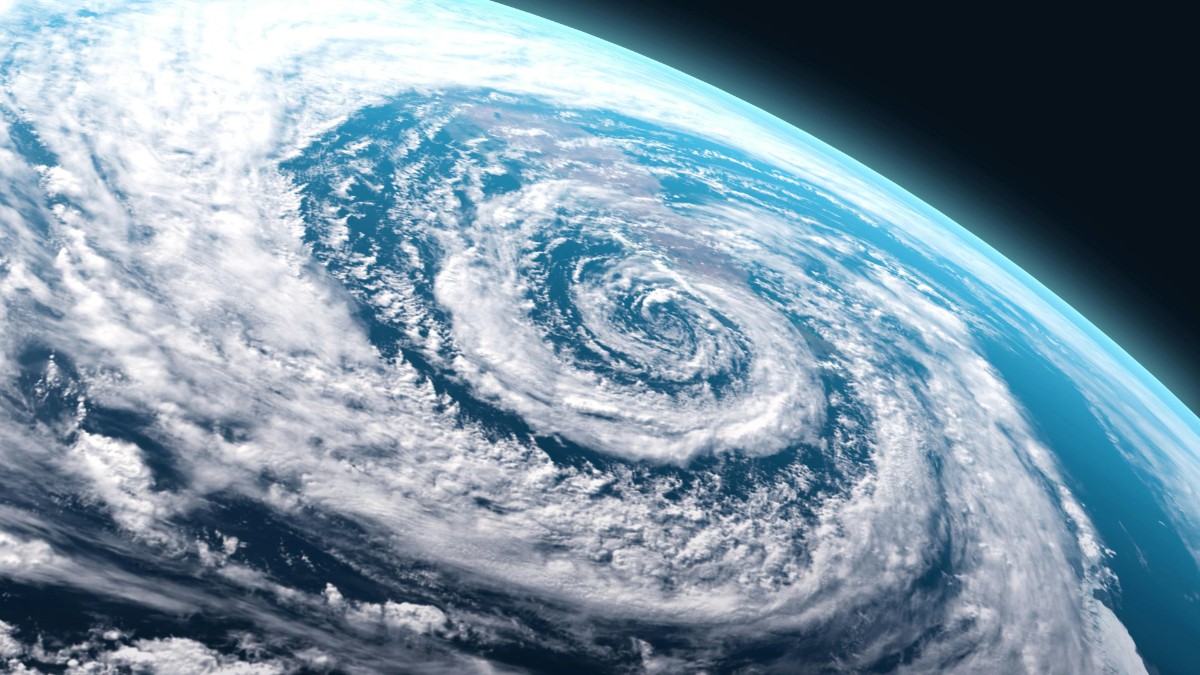Hurricanes have consistently remained among the most destructive and lethal forces of nature. Hurricane Milton, which is currently moving towards Florida, is currently rated as a category 4 hurricane. A few hurricanes have reached Category 5 status on the Saffir-Simpson Hurricane Wind Scale over the years, the most powerful rating. In this article, a few of the most powerful hurricanes in history, including Hurricane Katrina, are examined based on their categories and wind speeds.
Understanding hurricane categories
The Saffir-Simpson Hurricane Wind Scale categorizes hurricanes from category 1 to 5 based on sustained wind speeds:
- Category 1: Winds of 74-95 mph (119-153 km/h)
- Category 2: Winds of 96-110 mph (154-177 km/h)
- Category 3: Winds of 111-129 mph (178-208 km/h)
- Category 4: Winds of 130-156 mph (209-251 km/h)
- Category 5: Winds exceeding 157 mph (252 km/h)
Hurricanes categorized as 3 or higher are considered major hurricanes, capable of causing catastrophic damage.
Major hurricanes through history
Many hurricanes have found a place in history due to their intensity and the devastation caused by them. What follows is a description of some of the most intense hurricanes on record:
- Hurricane Patricia, 2015: It reached peak winds of 215 mph/345 km/h, making it the strongest hurricane on record in the Western Hemisphere. It barreled ashore along Mexico’s Pacific coast as a Category 5 storm, causing extensive damage but less than a hundred reported fatalities, partly because many had successfully been evacuated.
- Hurricane Wilma, 2005: This was the most intense hurricane-at lowest atmospheric pressure-ever recorded in the Atlantic. It made landfall in Florida as a Category 3 hurricane and caused quite a bit of damage across the state.
- Hurricane Irma, 2017: Irma reached sustained winds of 185 mph while traversing the Caribbean and was the strongest hurricane to hit Florida, making landfall as a Category 4 hurricane with winds of 130 mph (209 km/h).
- Hurricane Katrina, 2005: First making landfall in Florida as a Category 1 hurricane with sustained winds of 70 mph, Katrina then rapidly intensified over the Gulf of Mexico. It had reached Category 5 by August 28, with sustained winds of 175 mph, before making landfall in Louisiana as a high-end Category 3 hurricane, sustaining winds around 125 mph. The storm went on to cause catastrophic flooding and over 1,800 fatalities.
Legacy of Hurricane Katrina
Hurricane Katrina was one of the most intense hurricanes; it was also very destructive, given not only the intensity but also the magnitude of its impact on New Orleans and its environs. Its storm surge has flooded and breached levees, completely inundating almost 80% of New Orleans. Lessons from these tragedies highlighted some serious weaknesses in disaster preparedness and response systems on which action is still being taken at local, state, and federal levels.
Katrina had peak winds of 175 mph, one of the strongest hurricanes on record. The total economic impact was over $125 billion, ranking it as one of the costliest natural disasters in U.S. history.
Florida and the western hemisphere has seen a lot of powerful hurricanes and with the event of the incoming Hurricane Milton, now a Category 4, residents should also know how these hurricanes are categorized. It might also be of use for residents of Florida to know.
Other significant hurricanes in history
Besides those above, a number of other hurricanes have made their names known.
- Hurricane Andrew, 1992: Category 5, with winds of 165 mph, Andrew had beaten Florida and Louisiana. The aftermath brought a sea change to the building codes and disaster management policies.
- Hurricane Sandy, 2012: Although it never reached Category 5 classification, Sandy was an unusually large and damaging storm. It struck land as a post-tropical cyclone but still caused extensive damage along the East Coast, with New Jersey and New York being the worst-hit areas.
- Hurricane Harvey, 2017: Although Harvey peaked at Category 4 with winds up to 130 mph, it will be remembered as the record rainfall that caused catastrophic flooding in Houston and the surrounding areas.

